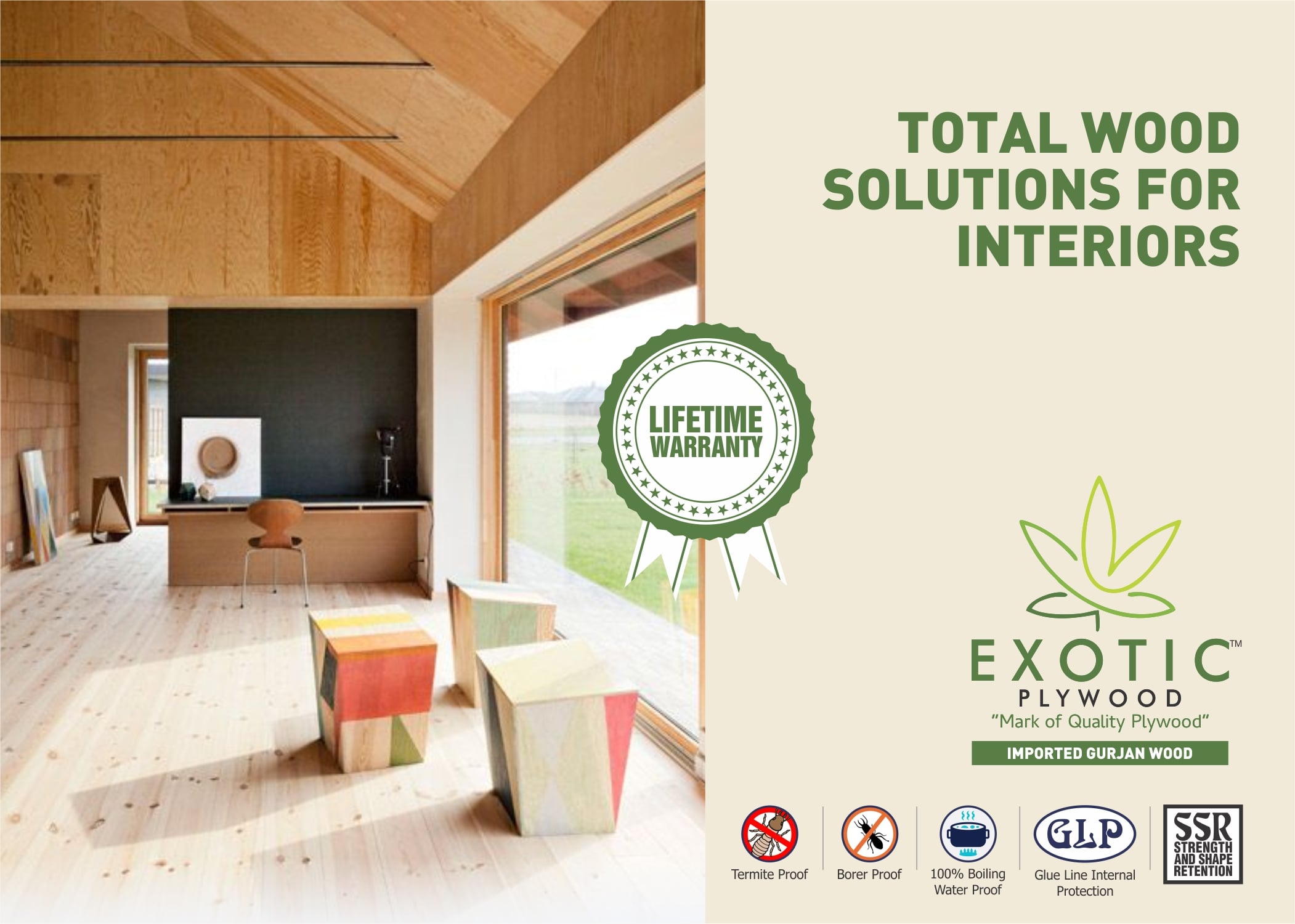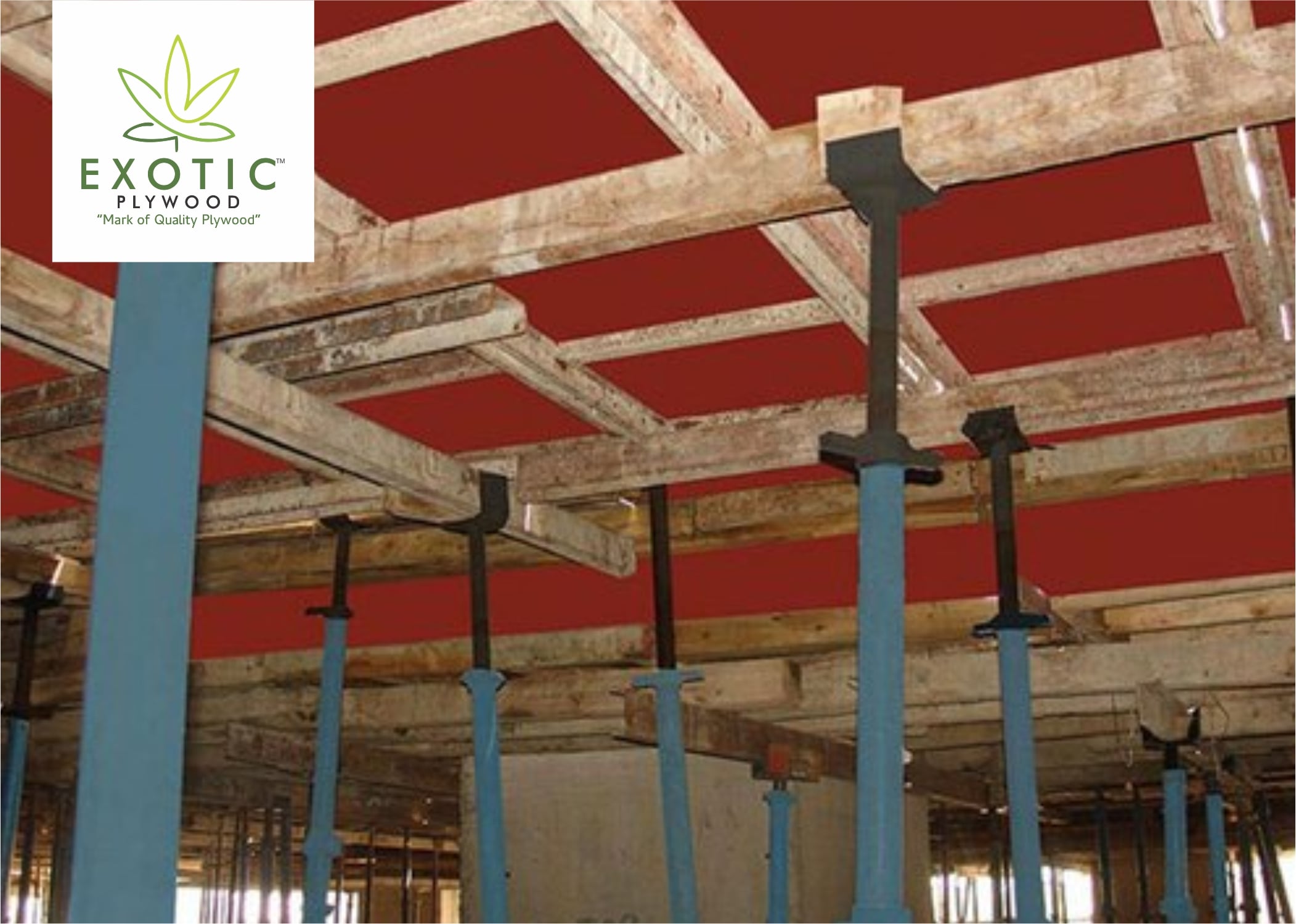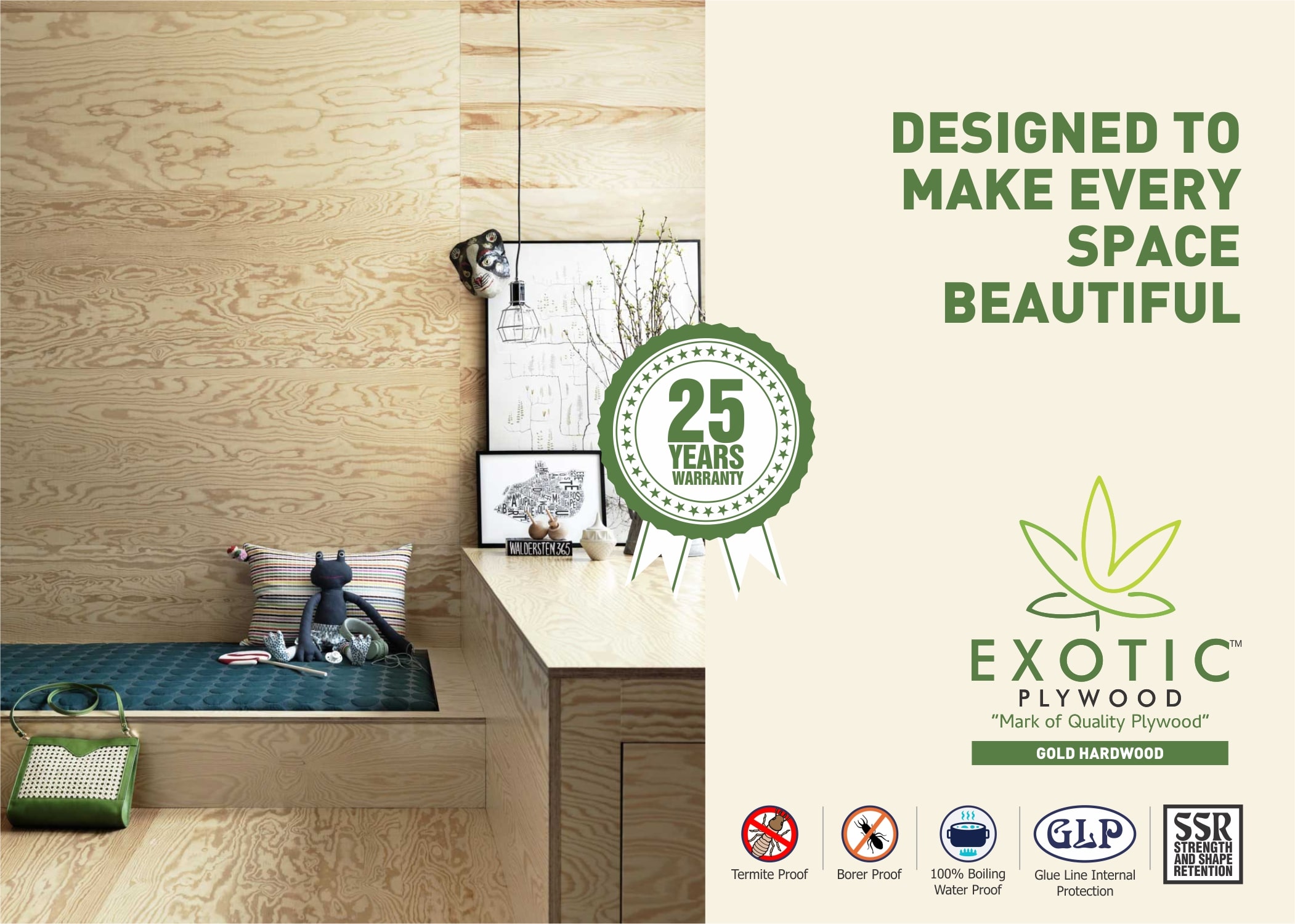Unlock the hidden potential of nature with mushroom spores, the fundamental blueprint for fungal life. These microscopic powerhouses hold the key to cultivating an astonishing variety of mushrooms, offering a world of gourmet and medicinal possibilities right at your fingertips.
What Are Fungal Spores?
Fungal spores are the microscopic reproductive units of fungi, designed for survival and dispersal. They function much like seeds for plants, allowing fungi to colonize new areas. These tiny particles can be released into the air or water from the parent fungus and are incredibly resilient, often able to withstand harsh environmental conditions for extended periods. The study of these fungal spores is crucial for understanding everything from ecosystem health to the spread of plant diseases and human allergies.
Q: Are all fungal spores dangerous?
A: Not at all! While some spores can trigger allergies or cause infections, the vast majority are harmless and play a vital role in nature’s recycling processes.
The Reproductive Units of Fungi
Fungal spores are the primary units of fungal reproduction and dispersal, functioning like microscopic seeds. These resilient, Mushroom spores tiny structures are released into the environment in vast numbers by mature fungi to colonize new areas. They can be sexually or asexually produced and are adapted for travel via wind, water, or animals. When a spore lands in a suitable habitat with adequate moisture and nutrients, it germinates, initiating the growth of a new fungal network called a mycelium. Understanding their role is crucial for both appreciating fungal life cycles and managing their presence.
Differentiating Between Spores and Mycelium
Fungal spores are microscopic biological particles that serve as the primary units of reproduction and dispersal for fungi, analogous to seeds in plants. These resilient structures are produced in vast quantities and can be released into the air or water, enabling fungi to colonize new environments. Their remarkable durability allows them to survive harsh conditions like extreme temperatures and drought for extended periods. Understanding the role of fungal spores is fundamental to managing fungal growth in both natural and built environments, as their ubiquitous presence is the starting point for all fungal life cycles, from beneficial mycorrhizae to destructive molds.
**Q&A:**
**Q: Are all fungal spores dangerous?**
**A:** No, the vast majority are harmless. Only specific types, like those from toxic black mold, pose health risks, primarily through inhalation.
Common Shapes and Sizes Under the Microscope
Fungal spores are the microscopic reproductive units of fungi, acting like seeds for the fungal kingdom. They are incredibly resilient and can travel vast distances through the air, water, or on animals. When they land in a suitable environment with the right moisture and temperature, they germinate and grow into a new fungal organism. This efficient **fungal reproduction method** allows molds, mushrooms, and yeasts to colonize new areas. You’re constantly surrounded by countless invisible spores, both indoors and out. Understanding these tiny particles is key to managing mold in homes and appreciating the vital role fungi play in our ecosystem.
The Lifecycle of a Spore
A spore begins its journey as a dormant, reproductive cell, capable of surviving harsh conditions for extended periods. When environmental factors like moisture, warmth, and nutrients become favorable, the spore germinates. It breaks its dormancy, absorbing water and initiating metabolic activity. This process leads to the growth of a hyphal thread, which develops into a mycelial network.
This remarkable resilience allows spores to colonize new and often challenging environments.
The mycelium eventually forms a fruiting body, such as a mushroom, where new spores are produced through
sporogenesis
. These mature spores are then released into the environment via wind, water, or animals, ready to begin the cycle anew.
From Dispersal to Germination
The fungal spore lifecycle begins with dispersal, a critical phase for fungal reproduction and survival. Upon landing in a suitable environment with adequate moisture and nutrients, the spore germinates, producing hyphae that form a mycelial network. This mycelium secretes enzymes to digest organic matter, fueling growth until environmental triggers, like resource depletion, initiate the reproductive stage. The fungus then develops fruiting bodies, such as mushrooms, which release a new generation of spores into the atmosphere to continue the cycle.
Environmental Triggers for Growth
The lifecycle of a spore begins with dispersal from a mature organism, traveling via wind or water to new locations. Upon finding a suitable environment with adequate moisture and nutrients, the spore germinates, initiating growth into a new organism. This process, known as **fungal reproduction cycles**, allows fungi and other spore-producing life forms to colonize diverse habitats. The new organism matures and eventually develops its own spore-producing structures, completing the cycle and ensuring the species’ survival and propagation.
Developing into a Mycelial Network
The lifecycle of a spore, a masterclass in reproductive resilience, begins with dispersal. Carried by wind or water, the spore lands in a suitable environment, germinating to produce a haploid gametophyte. This independent stage develops gametes that fuse during fertilization, forming a diploid sporophyte. The mature sporophyte then generates new spores through meiosis, completing the cycle. This alternation of generations is a cornerstone of fungal reproduction and plant biology, ensuring genetic diversity and species survival in challenging conditions.
**Q&A:**
* **Are spores the same as seeds?**
No. Spores are typically haploid and unicellular, while seeds are multicellular, diploid structures containing a developed plant embryo.
Primary Methods of Spore Dispersal
Fungi employ several primary methods to disperse their spores, ensuring their propagation and survival. Passive dispersal relies on external forces like wind and water, with countless microscopic spores carried on air currents to colonize new territories. Active dispersal involves the fungus itself ejecting spores with remarkable force. Animals also act as crucial vectors, with spores clinging to fur or being consumed and later excreted.
The sheer volume of spores produced, often numbering in the trillions, is a fundamental fungal reproductive strategy that guarantees some will find a suitable habitat.
This efficient and multi-faceted
spore dispersal
system is key to the widespread success and ecological dominance of fungi across the globe.
Wind and Air Currents (Anemochory)
Fungi have perfected the art of letting go, using ingenious natural methods to spread their spores far and wide. The most common mechanism is wind dispersal, where countless lightweight spores are launched into the air currents from structures like gills or pores, traveling incredible distances to find a new home. This is a cornerstone of fungal life cycle stages. Other fungi rely on water, with raindrops splashing spores out of their cups, while some even use animal accomplices, offering smelly, sticky spores that hitch a ride on passing insects or mammals.
Animal Vectors and Consumption (Zoochory)
In the quiet competition of the forest, fungi and ferns have perfected the art of sending their offspring on the wind. The primary method of spore dispersal is through the air, a strategy known as anemochory. A gentle breeze or a sudden gust lifts these microscopic propagules from their gills or capsules, carrying them on invisible currents to colonize new territories. This efficient wind dispersal mechanism allows even the most stationary organisms to spread their genetic legacy far and wide, ensuring their survival across the landscape.
Water and Raindrop Mechanisms
In the quiet, unseen world of fungi, a silent drama of spore dispersal unfolds. For puffballs, a single raindrop’s impact is a signal, launching a smoky cloud of spores into the air. Other fungi, like the stinkhorn, weave a tale of temptation, luring flies with a foul odor to carry their spores to new banquets. These primary methods of fungal reproduction ensure the kingdom’s survival, turning decay into new life across the forest floor.
Collecting and Storing Spore Prints
In the quiet stillness of the lab, the mushroom cap is carefully placed gills-down upon pristine paper. A glass vessel is lowered over it like a bell jar, creating a miniature world where patience is the only ingredient. Hours later, lifting the cap reveals its ghostly signature: a delicate, radial spore print. This fungal identification is a treasure map to the mushroom’s lineage. Each print is then gently slid into a labeled glassine envelope, a safeguard against moisture, and stored in a cool, dark cabinet. This meticulous process of spore print storage preserves a library of genetic potential, a silent promise of future mycelial forests.
A Step-by-Step Guide for Hobbyists
After the mushroom’s cap is carefully detached, it is placed gill-side down upon a sterile surface, often half on white and half on black paper, to await its silent offering. This quiet, overnight ritual reveals a unique spore print, a delicate fingerprint of the fungus used for mushroom cultivation and identification. The resulting pattern of spores is a beautiful, ghostly impression of the gills or pores. It is a patient art, this capture of a mushroom’s essence. For long-term preservation, these prints must be meticulously sealed in clear plastic sleeves or laminated, protecting them from moisture and light to ensure their viability for future study.
Choosing the Right Paper Color
The quiet magic of mycology unfolds on the glass slide. After carefully placing a mushroom cap gill-side down, I cover it and wait overnight. Lifting the cap reveals a delicate, radial fingerprint of spores, a ghostly map of the fungus’s identity. This fundamental technique of collecting and storing spore prints is a cornerstone of mushroom cultivation. I gently slide the print into a labeled glassine envelope, storing it in a cool, dark place. This careful preservation of fungal spores ensures a viable library of genetics for future projects, a silent promise of future harvests.
Best Practices for Long-Term Preservation
Collecting spore prints is a fundamental mushroom identification technique. After carefully removing the stem, place the cap, gills down, on white and black paper, then cover with a bowl. Leave it for several hours, and you’ll have a perfect spore color impression. For long-term mushroom preservation, store these prints in sealed bags or laminated sheets away from light and moisture. This simple practice is a cornerstone of effective mycology for beginners, creating a vital reference library for future foraging adventures.
Using Spores for Cultivation
Using spores for cultivation is like starting your garden from nature’s own tiny blueprints. Instead of planting seeds, you work with a microscopic spore print or syringe to begin the growth process. This method is fantastic for expanding genetic diversity in your grows, as each spore carries unique traits. While it requires a sterile environment and a bit more patience than using clones, mastering spore cultivation is an incredibly rewarding skill. It’s the fundamental first step for many growers looking to understand the full life cycle of their plants, making it a core mycology technique for hobbyists and professionals alike.
Creating a Spore Syringe for Inoculation
Utilizing spores for cultivation represents the foundational stage of mycelial propagation, distinct from working with live cultures. This method requires a sterile environment to germinate spores on nutrient-rich agar, initiating a genetic lottery as spores from a single source produce varied mycelial networks. This approach is critical for genetic diversity and breeding novel strains, allowing cultivators to select robust phenotypes from a multispore syringe inoculation. Mastering spore germination is essential for advanced mycology, serving as the primary step in developing new cultivars and ensuring a successful mushroom life cycle from spore print to fruit.
Working in a Sterile Environment
Using spores for cultivation is a fascinating way to grow mushrooms, offering a world of genetic diversity for hobbyists and commercial growers alike. Unlike pre-colonized spawn, starting with spores means you’re working with a unique genetic lottery, which can lead to discovering robust new strains. This method is fundamental for advanced techniques like creating spore syringes and is a cornerstone of sustainable mushroom cultivation. It’s like planting a mystery seed and watching a surprise forest grow. For anyone serious about mycology, mastering spore germination is an essential skill for expanding their fungal repertoire.
Comparing Spore Syringes vs. Liquid Culture
Using spores for cultivation is a fundamental technique in mycology, primarily for growing mushrooms. Spores, the microscopic reproductive units of fungi, are collected to create a spore syringe or printed on foil. This solution is then inoculated into a sterilized nutrient-rich substrate, such as grain or sawdust. Under controlled environmental conditions, the spores germinate and form a network of mycelium, which eventually fruits into harvestable mushrooms. This method allows for significant genetic diversity, as each spore carries unique traits, making it a powerful tool for fungal propagation and a cornerstone of advanced mushroom cultivation techniques.
Identifying Fungi Through Microscopic Features
Identifying fungi through microscopic features unlocks a hidden world of classification beyond what the naked eye can see. Mycologists engage in a dynamic process of slide preparation, employing stains like lactophenol cotton blue to reveal intricate cellular structures. The true fungal identification hinges on observing specific characteristics: the shape, size, and ornamentation of spores, the branching patterns of hyphae, and the presence of unique fruiting bodies. Analyzing these minute details is crucial for accurate species determination, allowing experts to distinguish between benign molds and dangerous pathogens, making microscopy an indispensable tool in mycology.
Analyzing Spore Color and Ornamentation
Accurate fungal identification often hinges on microscopic analysis, which reveals diagnostic structures invisible to the naked eye. Key features to examine include the morphology of spores (conidia), their arrangement on conidiophores, and the presence of specialized cells like septate or non-septate hyphae. Advanced mycological diagnostics require observing these traits in stained mounts, such as lactophenol cotton blue, to enhance contrast and detail. Always note the size, shape, and color of the spores, as these are primary taxonomic determinants. Mastering this skill is essential for differentiating between benign contaminants and significant pathogens in clinical or environmental samples.
Key Characteristics for Mycological Classification
Identifying fungi under a microscope is like unlocking a hidden world of taxonomic clues. Mycologists don’t just look at spores; they examine a whole suite of microscopic features for accurate fungal identification. Key characteristics include the shape, size, and ornamentation of the spores themselves, along with the structures that produce them, like asci or basidia. The arrangement of gill tissues, known as hyphal systems, and the presence of unique cells like cystidia are also critical diagnostic tools. Mastering this analysis is essential for professional mycological analysis and allows for distinguishing between visually similar species.
Essential Tools for the Amateur Mycologist
Identifying fungi under a microscope is like unlocking a hidden world of intricate details. Mycologists don’t just look at spores; they examine the entire fungal anatomy. This includes analyzing the shape and attachment of spores, the structure of the hyphae, and specialized features like gills or pores. Fungal identification techniques rely on these microscopic signatures to distinguish between species that look identical to the naked eye.
The unique spore color, shape, and surface texture are often the most definitive clues for a positive ID.
By carefully studying these tiny characteristics, you can accurately name the fungus and understand its role in the ecosystem.
Legal Status and Safety Considerations
The legal status of any entity, whether a corporation, product, or individual, defines its rights, obligations, and recognition under the law, forming the bedrock of its operational legitimacy. From a safety perspective, this status directly dictates compliance requirements, liability frameworks, and the duty of care owed to stakeholders. Regulatory compliance is not merely a legal formality but a critical component of risk management, ensuring that operations adhere to established safety standards and protocols. Proactively managing these intertwined elements is fundamental to sustainable operations. A thorough understanding of this nexus between legal standing and safety protocols is essential for mitigating litigation risks and fostering a secure environment for all parties involved.
Understanding Regulations in Your Region
The legal status of any entity, from a corporation to a new technology, fundamentally dictates its operational boundaries and risk profile. Understanding this framework is paramount for navigating complex regulatory environments and ensuring full compliance. Key safety considerations must be proactively integrated into the core strategy, not treated as an afterthought. Regulatory compliance requirements form the bedrock of a secure and legally defensible operation. A robust legal and safety protocol is not an expense but a critical investment in long-term viability. This diligent approach mitigates liability, protects stakeholders, and builds indispensable market trust.
Handling Spores Safely to Avoid Contamination
Understanding the legal status of a business entity or product is a foundational compliance requirement for operational safety. This status dictates liability, regulatory obligations, and the framework for risk management. A clearly defined legal standing protects assets and ensures adherence to industry-specific regulations, which is critical for mitigating litigation risks. Concurrently, implementing a robust duty of care protocol is non-negotiable for safeguarding all stakeholders. This involves conducting regular risk assessments, maintaining comprehensive insurance, and ensuring all activities are explicitly permitted under your governing legal structure to prevent costly legal challenges and ensure long-term viability.
Potential Allergens and Respiratory Risks
Understanding the legal status of a product or service is your first step in staying safe and compliant. It’s the official rulebook, defining what’s allowed and what protections you have. This directly impacts your safety considerations, as operating outside these boundaries can expose you to significant risk. Before you engage, always verify its standing with relevant authorities.
Ignoring the legal framework isn’t just a paperwork issue; it can create genuine physical and financial dangers.
This is a cornerstone of effective risk management. A clear legal status provides a safety net, ensuring minimum standards are met. For anything from a new supplement to a financial app, doing this due diligence is non-negotiable for personal and operational security.






